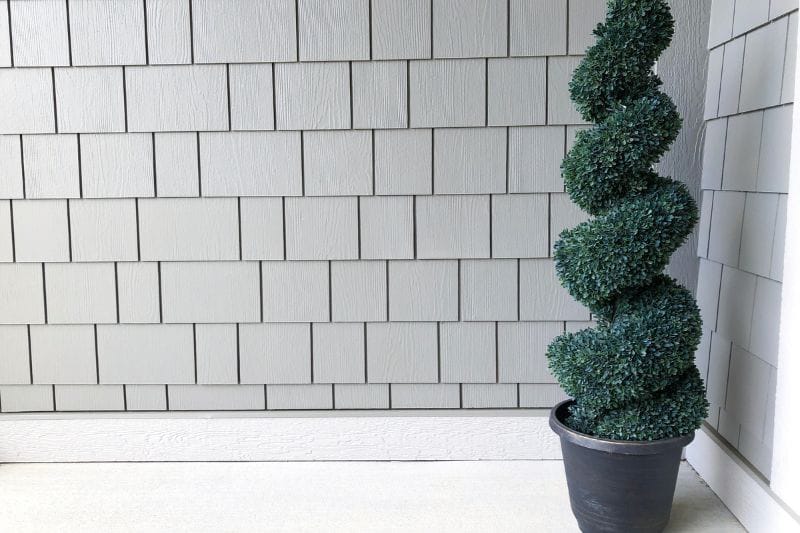In a world increasingly aware of the importance of sustainability and environmental preservation, the construction industry, hand in hand with Siding Fort Worth Pros has been looking for more eco-friendly alternatives in all aspects. One of these key aspects is the choice of cladding for buildings and structures. Sustainable cladding not only reduces environmental impact, but also contributes to the creation of healthier and more efficient spaces. In this article, we will explore some innovative sustainable cladding options that promise a greener future for the building industry.
Biodegradable Coatings: A Connection to Nature
Biodegradable coatings have gained popularity in recent years due to their ability to safely return to the earth once they have served their useful life. These liners are often made from natural materials such as cork hemp bamboo and cotton.
In addition to being environmentally sustainable, these coverings can provide a unique aesthetic and a tangible connection to nature. Their use in interiors and exteriors not only reduces reliance on synthetic materials, but also helps improve air quality and minimize waste accumulation.
Low VOC Paints and Coatings: Improving Indoor Air Quality
Volatile organic compounds (VOCs) are emitted by a variety of products, including many conventional paints and coatings. These compounds can be harmful to human health and contribute to indoor air pollution. Sustainable coatings include low-VOC paints and coatings, which means they emit fewer harmful chemicals into the air. This not only improves indoor air quality in living spaces, but also reduces the negative impact on the outdoor environment.
Coatings based on recycled materials: Reducing waste and resource use
Sustainable coverings can also be derived from recycled materials, which reduces the need to extract and process new natural resources.
For example, tiles made from recycled glass or cladding boards made from reclaimed wood are examples of how waste can be transformed into products with high aesthetic and functional value. By choosing these claddings the circular economy is promoted and the amount of waste that ends up in landfills is decreased.
The adoption of sustainable coatings is a significant step towards a greener future in the construction industry. Through the choice of biodegradable materials, low VOC paints and products based on recycled materials, building professionals and homeowners can contribute to the reduction of environmental impact and the creation of healthier spaces. In a world where sustainability is a priority, these coatings not only beautify buildings and structures, but also promote a positive change towards the conservation of the planet.
